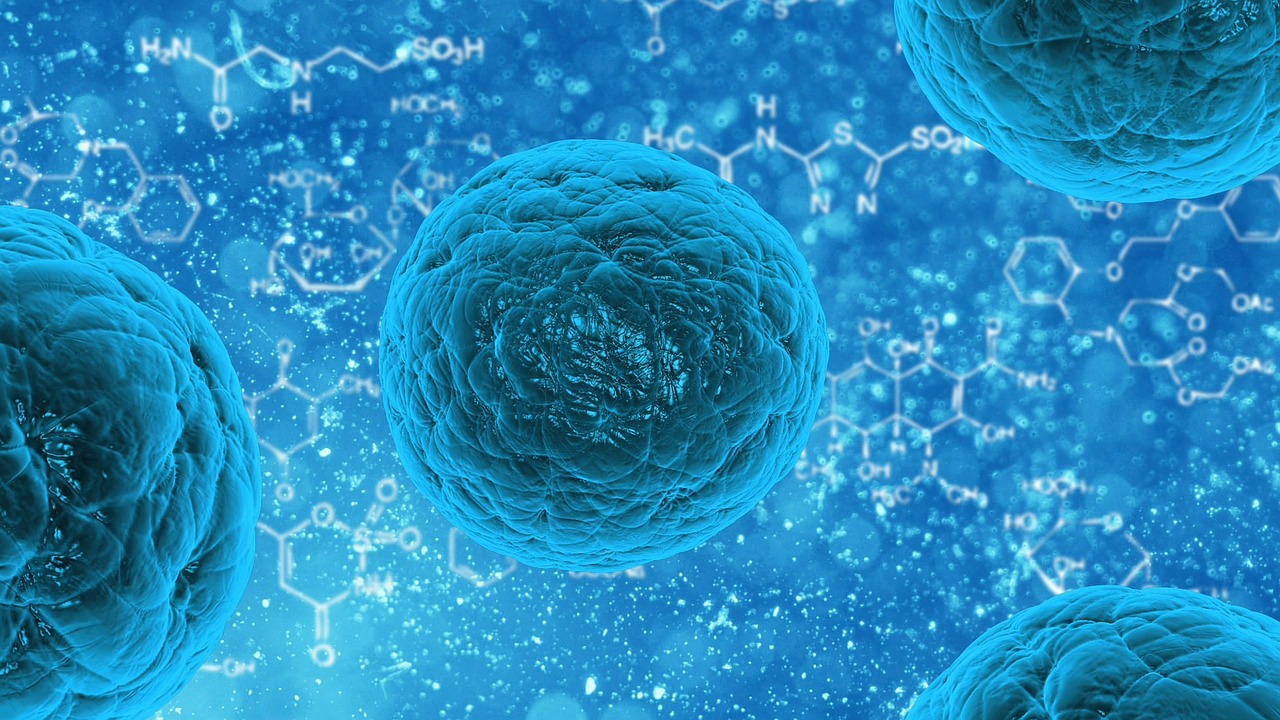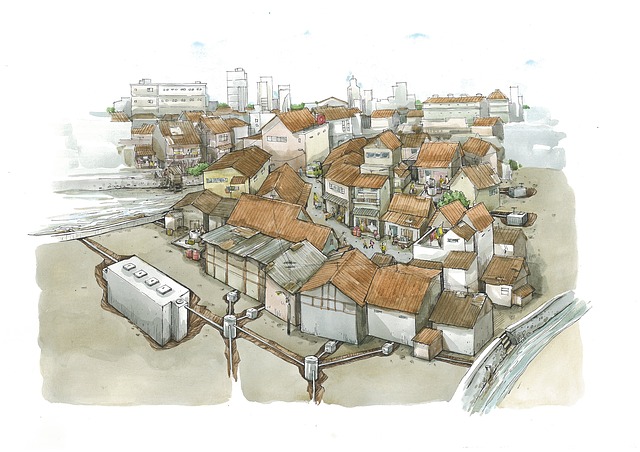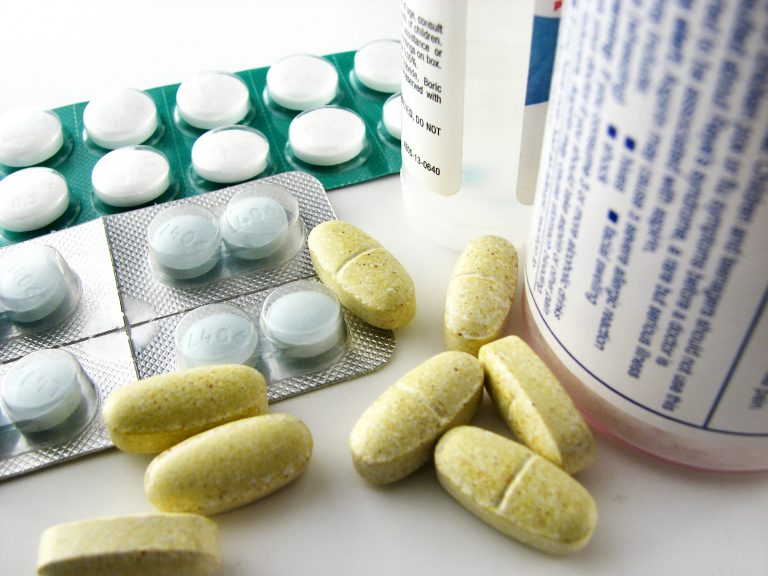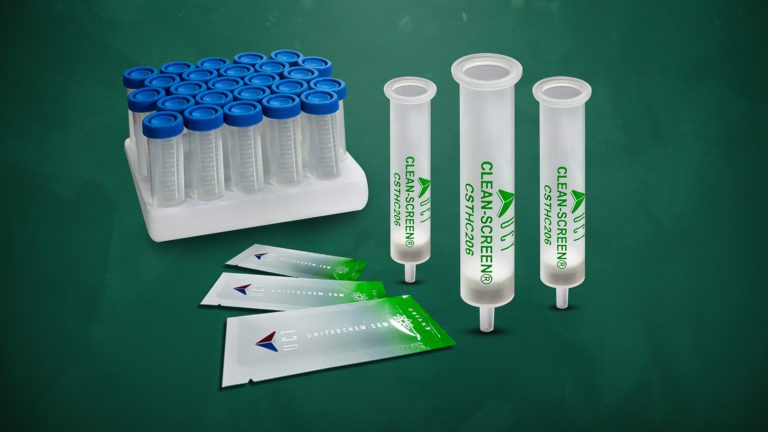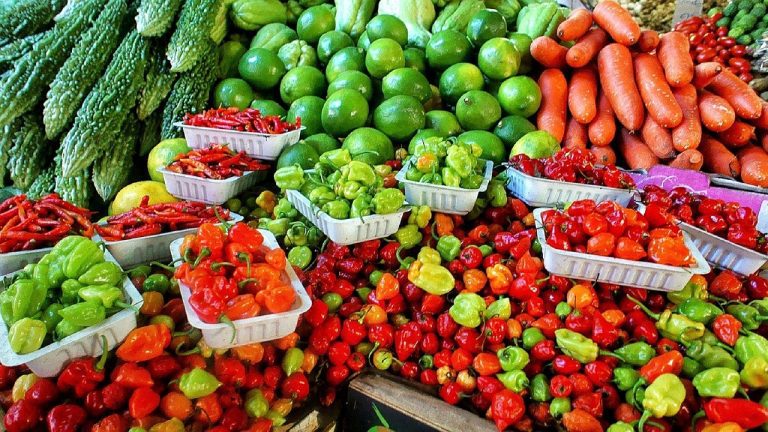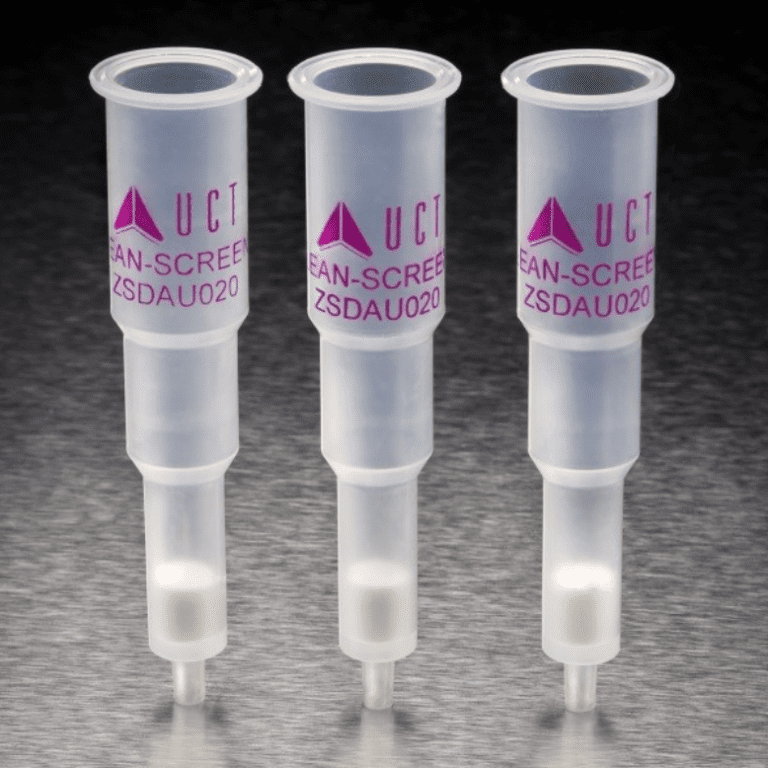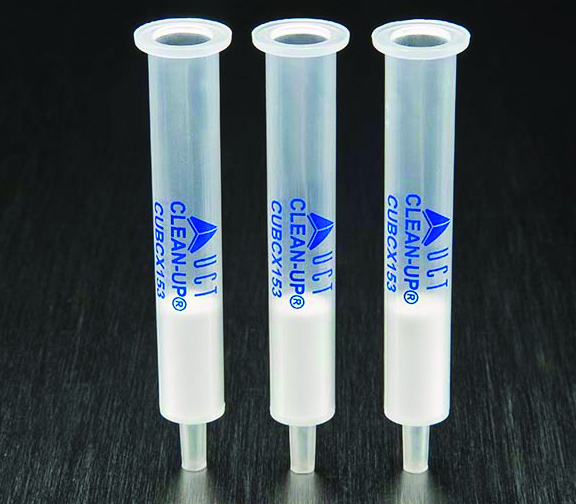UCT Silane Cited in Cellular Research Article
Pluripotent stem cells (PSCs) have the ability to self-renew and differentiate to three germ lineages. When PSCs are cultured as three-dimensional (3D) cellular aggregates, they mimic many of the biochemical and biophysical interactions that occur during in vivo, early embryonic development. Efforts to direct stem cell aggregate morphogenesis have demonstrated that complex 3D tissue structures, termed “organoids”, can be generated in vitro, and that these tissues recapitulate many key features of native tissue structure and function. Thus, the generation of PSC-derived tissue models has broad applications in studying mechanisms of tissue development, in disease modeling, and in drug screening.
In a recent article published in Lab on Chip by E.L. Jackson-Holmes et al., (DOI: 10.1039/C7LC00763A), tridecafluoro-1,1,2,2-tetrahydrooctyl-1-trichlorosilane from UCT was integral in the production of a mold to perform their intended research. In the procedure, a master mold was fabricated by standard UV photolithography with the negative photoresist to create three layers of respective heights 200 μm, 100 μm, and 200 μm. In making the polydimethylsilane (PDMS) molding, the master was treated with the UCT silane vapor to allow release of the PDMS. These three-dimensional pluripotent stem cell (PSC) cultures have the ability to undergo differentiation, self-organization, and morphogenesis to yield complex, in vitro tissue models that recapitulate key elements of native tissues. The tissue models offer a system for studying mechanisms of tissue development, investigating disease mechanisms, and performing drug screening. It remains challenging, however, to standardize PSC aggregate differentiation and morphogenesis methods due to heterogeneity stemming from biological and environmental sources.
It is also difficult to monitor and assess large numbers of individual samples longitudinally throughout culture using typical batch-based culture methods. To address these challenges, a microfluidic platform was developed for culture, longitudinal monitoring, and phenotypic analysis of individual stem cell aggregates. This platform uses a hydrodynamic loading principle to capture pre-formed stem cell aggregates in independent traps. We demonstrated that multi-day culture of aggregates in this platform reduces heterogeneity in phenotypic parameters such as size and morphology. Additionally, it was shown that culture and analysis steps can be performed sequentially in the same platform, enabling correlation of multiple modes of analysis for individual samples. We anticipate this platform being applied to improve abilities for phenotypic analysis of PSC aggregate tissues and to facilitate research in standardizing culture systems in order to dually increase the yield and reduce the heterogeneity of PSC-derived tissues.This article shows that when scientists working at the cutting edge of cellular research require the finest of specialty chemicals, they turn first to UCT. For more information on UCT specialty chemicals visit https://specialties.unitedchem.com/.

